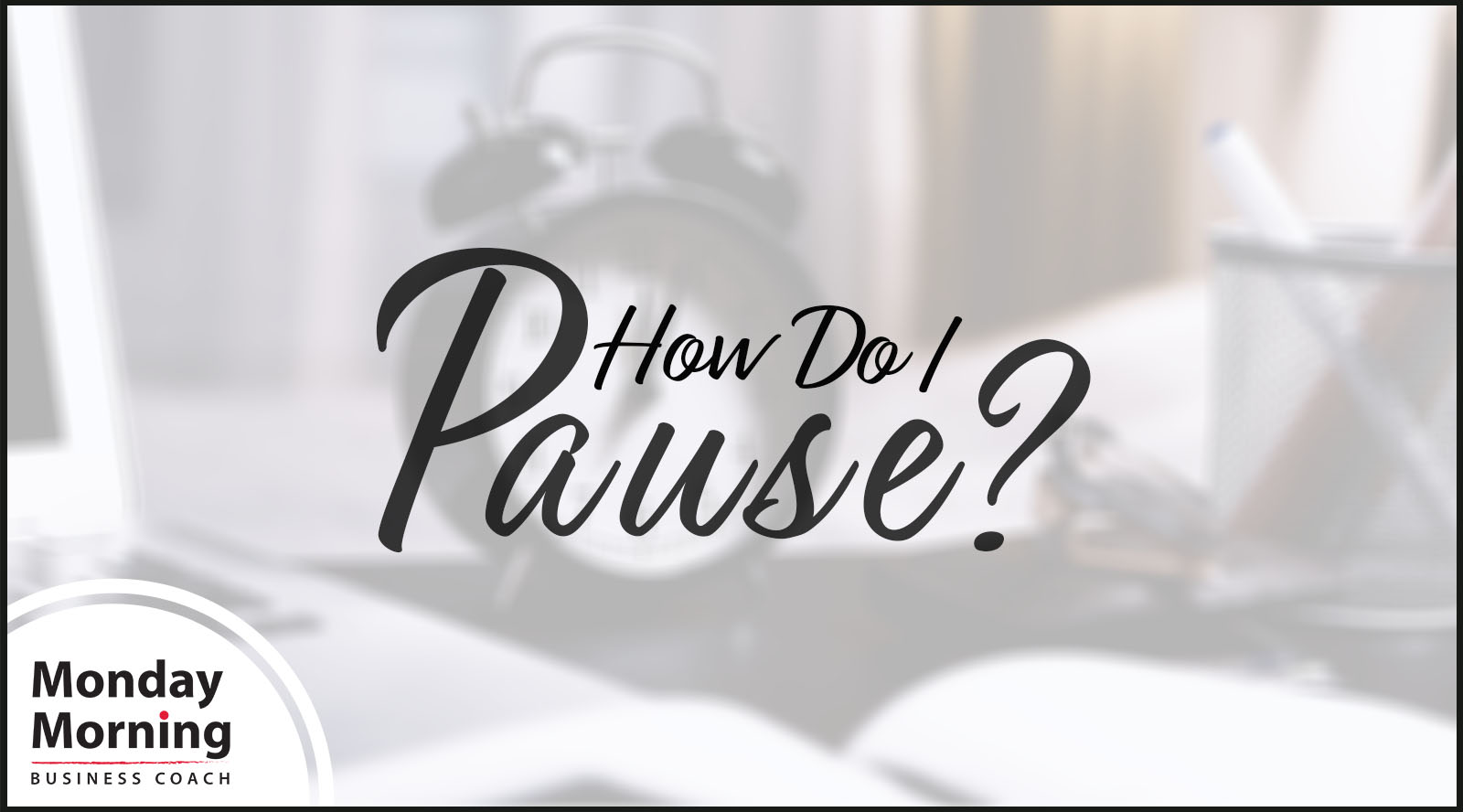Last week in our post, Don’t Blow Things Up, we talked about the power of the Pause and how it helps you to stay on track with your priorities. The simple act of pausing helps to decrease your stress, grows your emotional agility, and increases your ability to create psychological safety.
The PAUSE is kind of a big deal!
It was exciting to hear that many of you want to embrace the power of the Pause. We’re also grateful that you let us know that you don’t always know how to incorporate the Pause into your life – so that’s our focus today.
Three simple steps to building The PAUSE into your life:
- A powerful use of the Pause is to integrate it into your day so that you regularly ask yourself “Is what I am doing or saying in alignment with my goals and values?”
- For those of us (and that would be all of us) who can get caught by sparkly objects like Facebook, chatting with a colleague, playing with the dog, or any of the many ways we can get distracted from our priorities, the Pause is a profoundly simple and powerful way to get back on track.
- Set a few alarms throughout the day to remind you to Pause and check in with yourself.
- See if you can name your alarm and make it personal like, “Time to Pause!” or “Are you doing what matters to you?” or “Get this project done now!”
- At the end of your workday, review your calendar or think through your next day and consider if there are things you’ll be doing or people you’ll be meeting with who may trigger your reactivity.
- If you’re aware of an activity or person who may trigger you, spend some time thinking about how you will use the Pause.
- Practice asking yourself, “Is what I’m about to say or do in alignment with my goals and values?” so you are more likely to do it in real time.
- When we’re reactive – doing things out of habit or old patterns – we usually feel it somewhere in our bodies.
- Linda was saying that when she gets hooked into mindlessly doing her day without intention, she often feels almost numb. When she’s hooked by someone and starting to react rather than respond, she often feels it in her upper chest and throat as a tightness. Over time she learned if she was feeling either of those things in her body she would Pause and ask herself the question.
This week think about how you can support yourself in using the Pause. It will increase your ability to work with intention, to respond with more emotional agility when things are intense, and to keep yourself from getting reactive to mistakes or challenges from colleagues or family members, thus creating greater psychological safety.
the PAUSE into action in your world,
contact us today about our coaching services.


